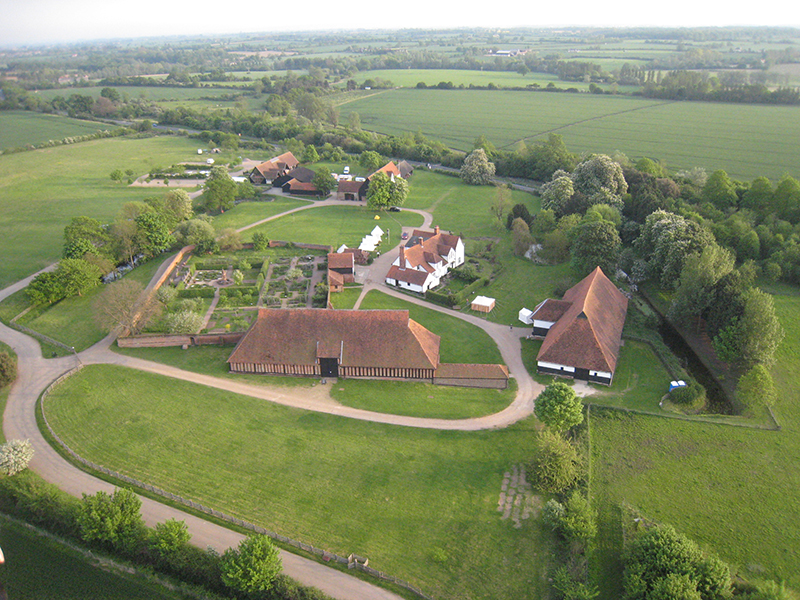Included on the calendar of national commemorations in 2015 of the Ministry of Culture and Communication, the 900th anniversary of the Abbey of Clairvaux was elected cultural theme of 2015 by the General Council of the Aube Department, France
Conducted in partnership with the state and the Renaissance association Clairvaux, "Operation Clairvaux 2015" invited to visit the heart of the Cistercian adventure:
- opening of a new visiting track at the Abbey of Clairvaux as from June, with in particular the of the monks' refectory newly restored by the State; exhibition-event at Troyes: Clairvaux, the Cistercian adventure (early June / mid-November), conducted by the General Council of Aube Department. First exhibition of this scale on the monastic, political, economic, artistic and intellectual life of Clairvaux, during the twelfth to the eighteenth century. Presentation of over 150 original documents, manuscripts and unpublished collected from all over Europe. Reconstruction of the abbey in 3D;
- publications (BD, catalog), putting on line the Abbey kept at the departmental archives of the Aube and at the library of the Grand Troyes (library of 1472, classified Memory of the World by UNESCO);
- series of manifestations across the Aube Department and beyond (concerts, conferences, seminars, shows, etc.). Find the whole program here.
Many actions allowing to discover much more of the exceptional history and heritage of this abbey founded in 1115 by St. Bernard. It shone in Cistercian Europe, before becoming the largest prison in France in the nineteenth century.
source of text (translated from French to English and slightly corrected). Illustration source champagne-ardennen-toerisme.nl
Support TemplarsNow™ by becoming a Patron, tipping us or buying one of our Reliable Books




